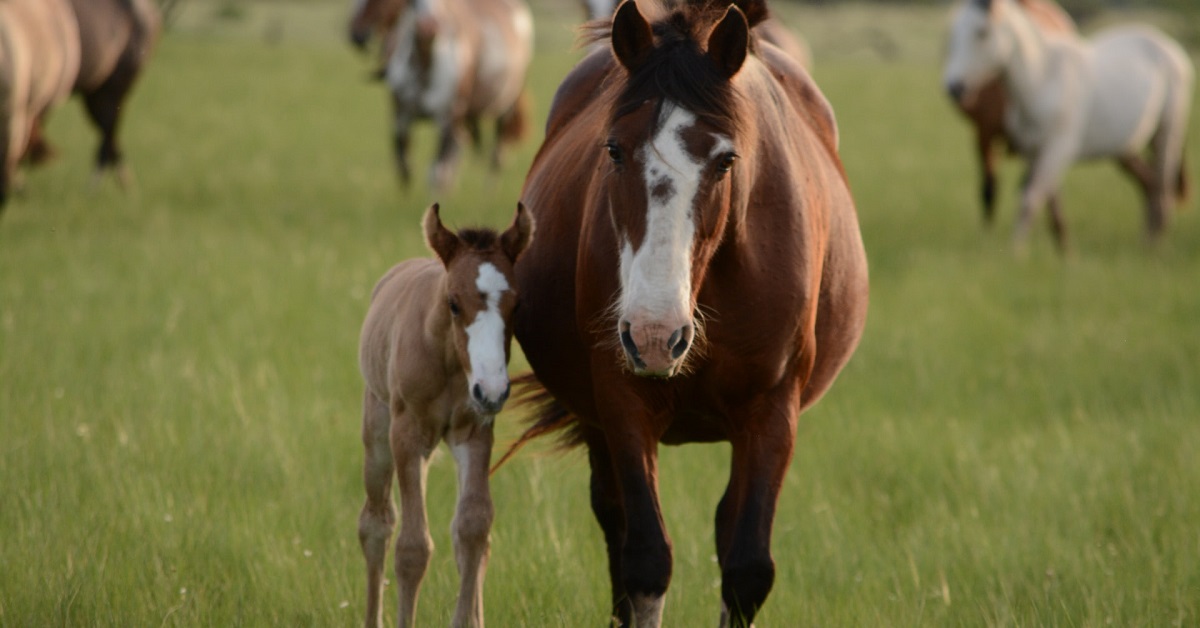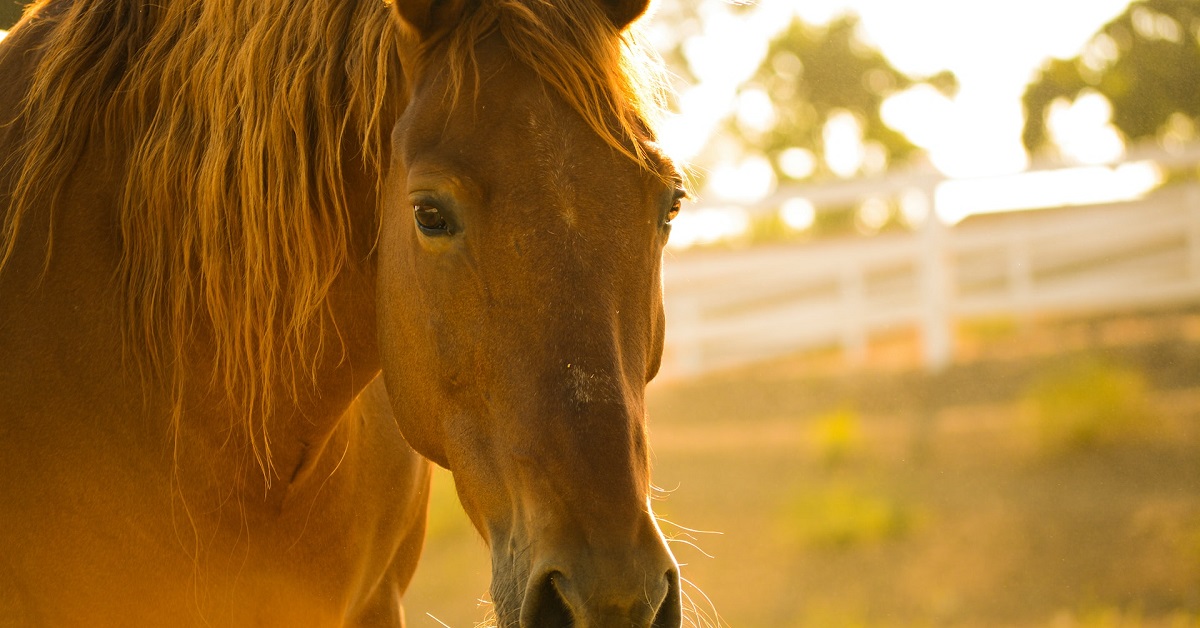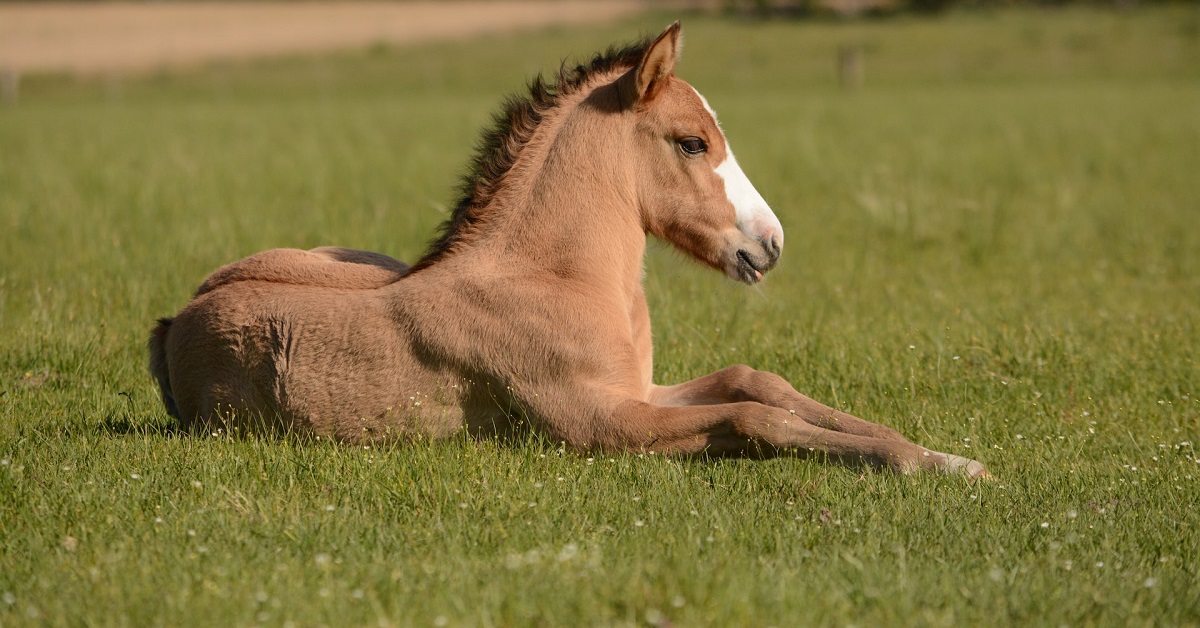Vetpharmacy.co.uk Cookie Policy : We use cookies to enhance your user experience. To find out more please view our cookie policy
What's the Best Way to Treat a Horse Wound?

Horses are by nature very curious animals, which unfortunately makes them prone to self-injury or self-cutting. For instance, horses may kick one another, try to scale fences, and graze their faces on stall items. Horses frequently get injuries to their faces and legs, so it's crucial to be ready in case your curious horse encounters trouble. Keep reading to find out the best horse wound ointment.
What are the main types of horse wounds?
There are three main types of horse wounds: superficial, partial thickness, and full thickness.
- Superficial wounds are the least serious and only impact the epidermis. A little cut or scrape is a type of superficial wound.
- Partial-thickness More serious partial-thickness wounds penetrate the second layer of skin. There might be a blister or an open sore on a horse with a partial thickness wound.
- Full-thickness The most serious wounds are full-thickness wounds, which penetrate both the skin and the underlying tissue. A horse with this injury level may have a significant open wound or a deep laceration that requires stitches.
Sharp items in the pasture or barn, falls, burns, or combative confrontations with other horses or animals are the main causes of equine wounds.
DON’T FORGET: Every horse should receive a tetanus jab because the disease can enter the body through any wound, and even minor scratches carry a risk.

How long does it take for a wound to heal when using horse wound ointment?
Ideally, all wounds would be treated with primary closure to promote quicker healing and the horse's return to normal function. Some wounds must undergo second-intention healing because that is not always the case. These wounds require much more attention. Several different types of dressings are available, depending on the state of the wound, its stage of healing, and the level of contamination.
Here, having a fundamental knowledge of the stages of wound healing is beneficial. The acute inflammatory phase, the proliferative phase, and the remodelling phase are the three separate stages of wound healing. They are all different phases with somewhat defined time spans, but they all cross over into one another in a continuum.
The inflammatory phase is the initial stage. The phase lasts for around three to five days and begins when the wound appears. The proliferative stage is the second step of healing. The proliferative phase starts within the first three to five days following an injury and often lasts up to 14 days.
The remodelling step comes last. This phase can start as soon as seven days after the initial injury and last for months or even years. All wounds, including those that have been sutured, go through these three stages. However, how long they take to complete and how rapidly the wound closes ultimately depend on its size, severity, location on the body, and level of care.

What is the best horse wound ointment?
A hydrogel product is the greatest option for the initial stage of healing. In terms of chemistry, hydrogels are chains of super absorbent polymer that contain up to 99 percent water.
Shop online at Vet Pharmacy today for the best horse wound ointment and other horse products.
This blog post was written on behalf of Vet Pharmacy by Pharmacy Mentor.
Updated November 2022